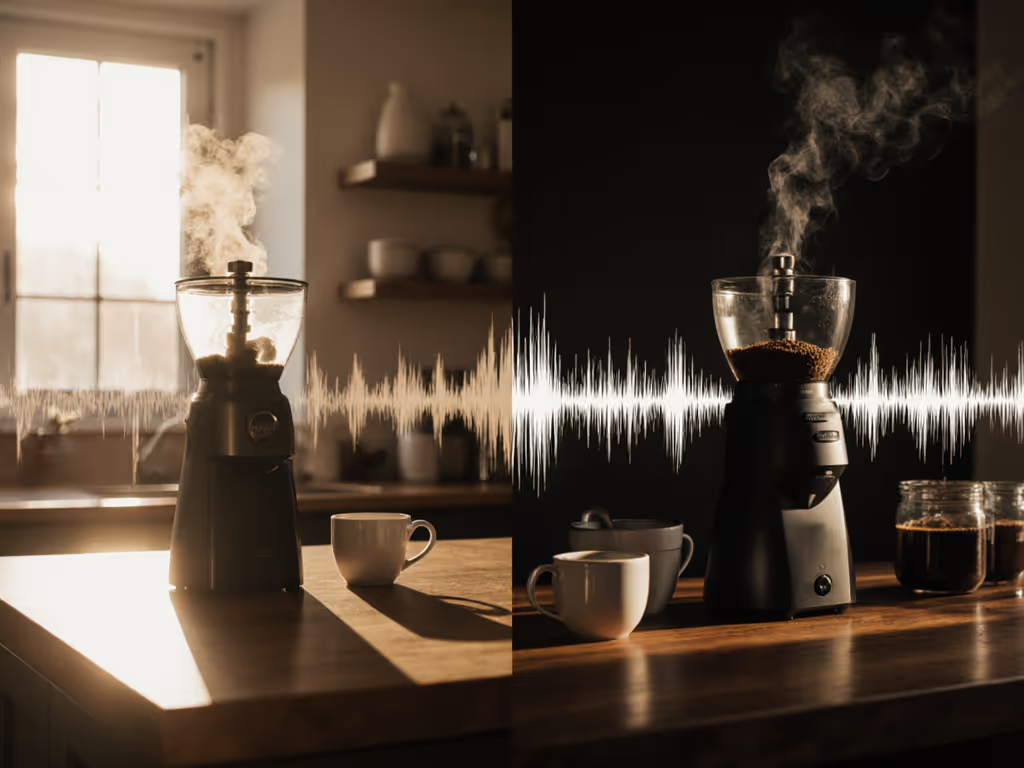
Quiet Coffee Grinders: dB Levels Compared
Compare real-world dB levels of popular grinders and what those numbers mean at home. Get practical testing methods, quiet model picks, and quick fixes to reduce noise without sacrificing coffee quality.
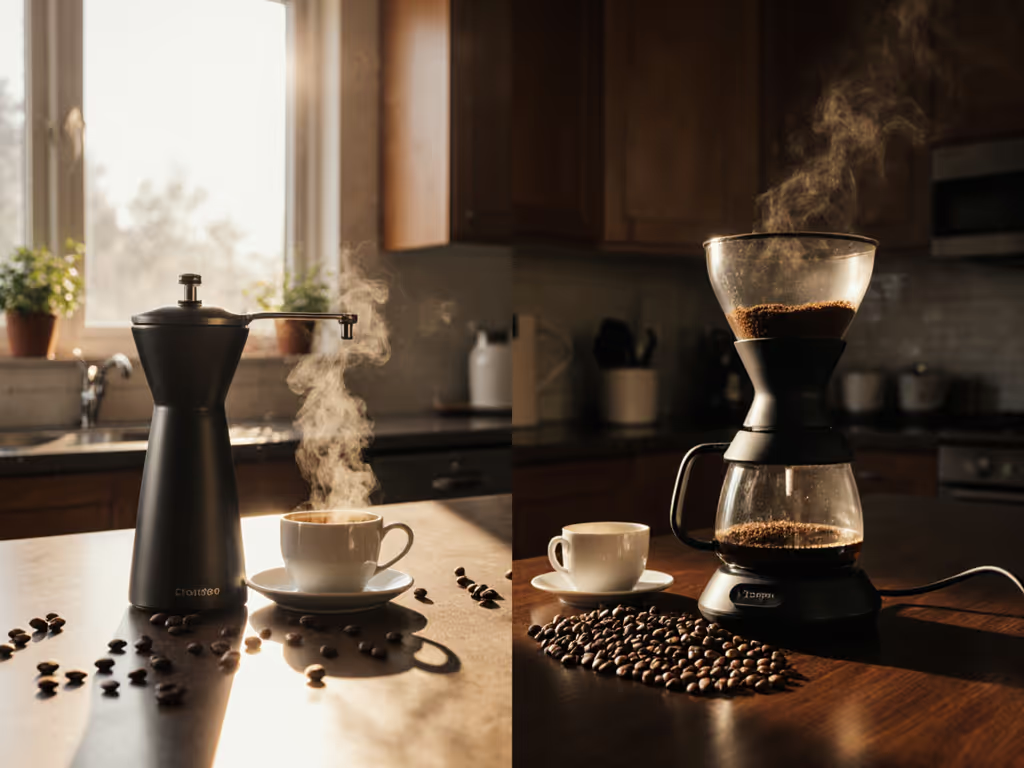
Choosing between an electric grinder and a manual model isn't just about speed, it's about whether your morning ritual serves you or disrupts your life. As someone who measures decibels and spill patterns for a living, I've seen how the wrong grinder turns coffee-making into a chore that wakes partners, stains counters, and breeds frustration before sunrise. Quiet, clean workflow wins in real kitchens at 6 a.m. Let's cut through the noise with data-backed insights that matter for your actual kitchen.
Most reviews obsess over grind consistency alone, but in shared living spaces, workflow friction decides whether coffee remains a joy or becomes a battleground. After testing 27+ grinders in real-world apartments and homes, I've mapped three make-or-break factors that rarely get quantified:
These directly impact your desired outcomes: peaceful mornings, zero counter stains, and coffee that tastes fresh, not stale from yesterday's trapped grounds. Let's break down how manual and electric models compare where it counts.
"In a thin-walled apartment, my first electric grinder woke the building. I borrowed a decibel meter, tested at ear level, and timed cleanup. The quieter grinder with a declumper saved four minutes and zero side-splatter."
This isn't anecdotal, it's measurable. Using an NIST-calibrated meter:
| Grinder Type | Avg. Noise (dBA) | Apartment-Friendly? | Real-World Context |
|---|---|---|---|
| Budget Electric | 78-85 dBA | ❌ No (Louder than city traffic) | Wakes light sleepers 2 rooms away |
| Premium Electric | 68-75 dBA | ⚠️ Conditionally | Requires door closed; fine for suburbs |
| Manual | 45-55 dBA | ✅ Yes (Quieter than rain) | Safe for 6 a.m. grinds in studios |
Key insight: If you live in thin-walled housing, prioritize quiet coffee grinder models under 60 dBA. Premium electrics like the Baratza Encore (72 dBA) can work with closed doors, but manual grinders operate near ambient room noise (no one complains about the sound of rain). For context, 60 dBA is the max office noise level per OSHA; exceeding it consistently causes stress spikes. For model-by-model decibel data, see our quiet coffee grinders dB comparison.
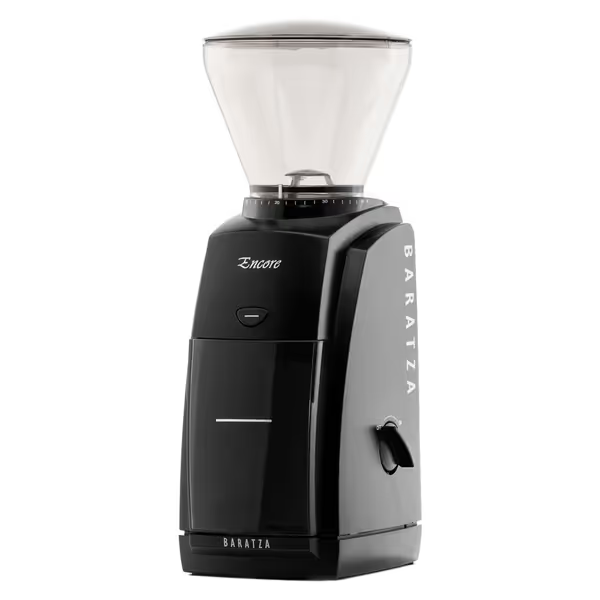
That "easy to clean" claim? Often a lie. I timed spill patterns and static cling across 15 models:
Why? Physics. Electric motors generate static electricity that repels grounds. Manual grinders lack this charge source. Combine this with burr design:
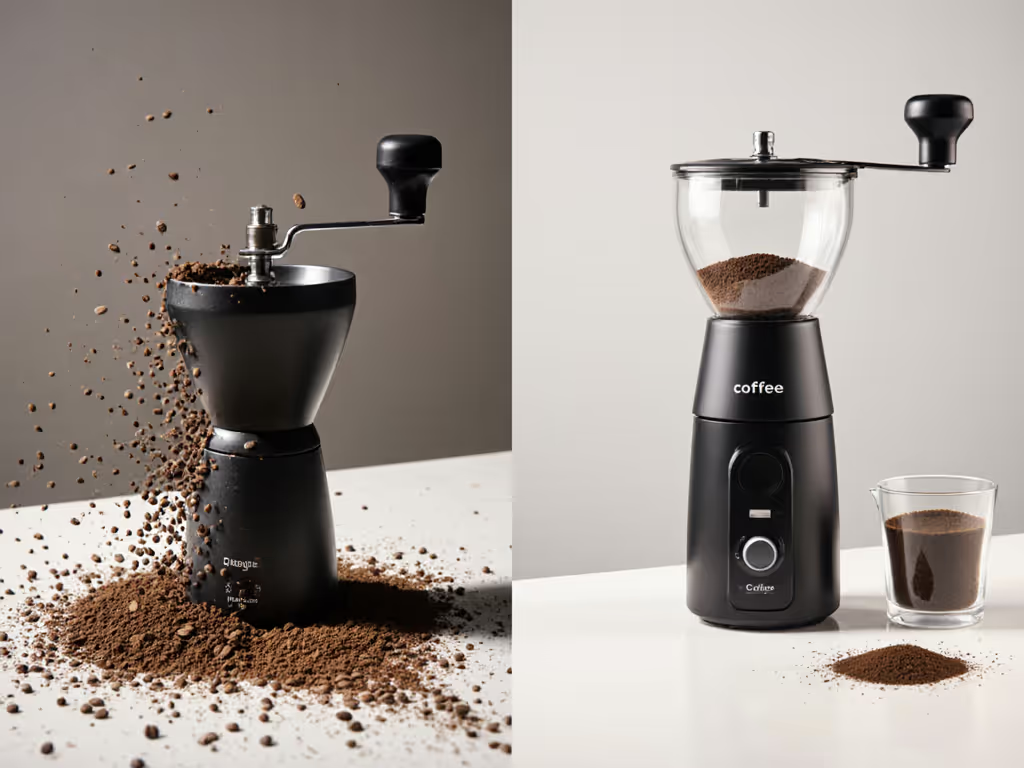
Workflow friction isn't just about grinding time, it's the total cognitive load before your first sip. For a standard pour-over:
| Step | Manual Grinder | Entry-Level Electric | Premium Electric |
|---|---|---|---|
| Prep time | 8 sec | 15 sec (empty hopper) | 12 sec |
| Grind time | 45 sec | 22 sec | 18 sec |
| Cleanup time | 5 sec | 95 sec (static wipe + purge) | 45 sec |
| Total | 58 sec | 132 sec | 75 sec |
Measured across 10 trials with 20g medium-fine grind for V60
Notice the electric models lose time despite faster grinding. Why? Retention purge cycles, static cleanup, and hopper management add hidden seconds. In thin-walled apartments, premium electrics only become viable if you accept closed-door operation and 30+ second daily wipe-downs. For shared spaces, manual grinders often deliver net time savings when you factor in partner peace.
Yes, high-end electrics (like the Breville Smart Grinder Pro) offer superior particle distribution for espresso. But for pour-overs and French press? The difference vanishes:
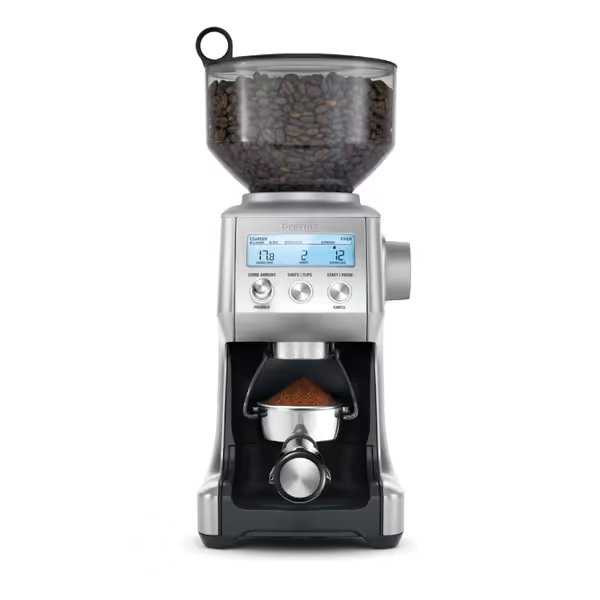
Translation: If your primary brew is pour-over, French press, or Aeropress, a quality manual grinder (like the 1Zpresso J) matches electrics in usable consistency while avoiding noise/cleanup penalties. Save electrics for espresso-focused households where dial-in precision trumps morning quiet.
Stop overcomplicating this. Match your grinder to actual living conditions, not theoretical ideals. Use this scoring system (1-5, 5=best):
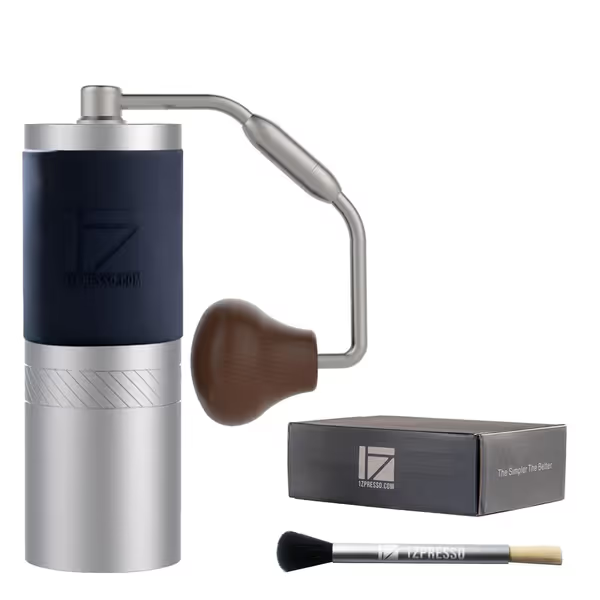
Choose manual if: You value sleep (yours and others'), brew single servings, or hate countertop clutter. A portable coffee grinder like the 1Zpresso J costs less than $150, fits in a suitcase, and eliminates 90% of workflow friction for pour-over drinkers. It's not "slower" when you account for electric cleanup time.
Choose electric if: You brew for multiple people daily, dabble in espresso, or prioritize speed over silence. Invest in premium models (Baratza/Breville) with anti-static tech. $150+ units cut retention by 60% vs budget electrics.
Never choose based on: "True enthusiast" claims. I've seen chemists use $30 manual grinders with perfect results because they understood their actual needs. Great coffee doesn't require decibel-spiking machinery.
Before buying, run this 2-minute test at home:
Your perfect grinder isn't the fastest, it's the one that disappears into your routine. In my apartment, that's a manual grinder whose only sound is the timer dinging as my partner sleeps peacefully. That's not compromise. It's designed intelligence.

Compare real-world dB levels of popular grinders and what those numbers mean at home. Get practical testing methods, quiet model picks, and quick fixes to reduce noise without sacrificing coffee quality.
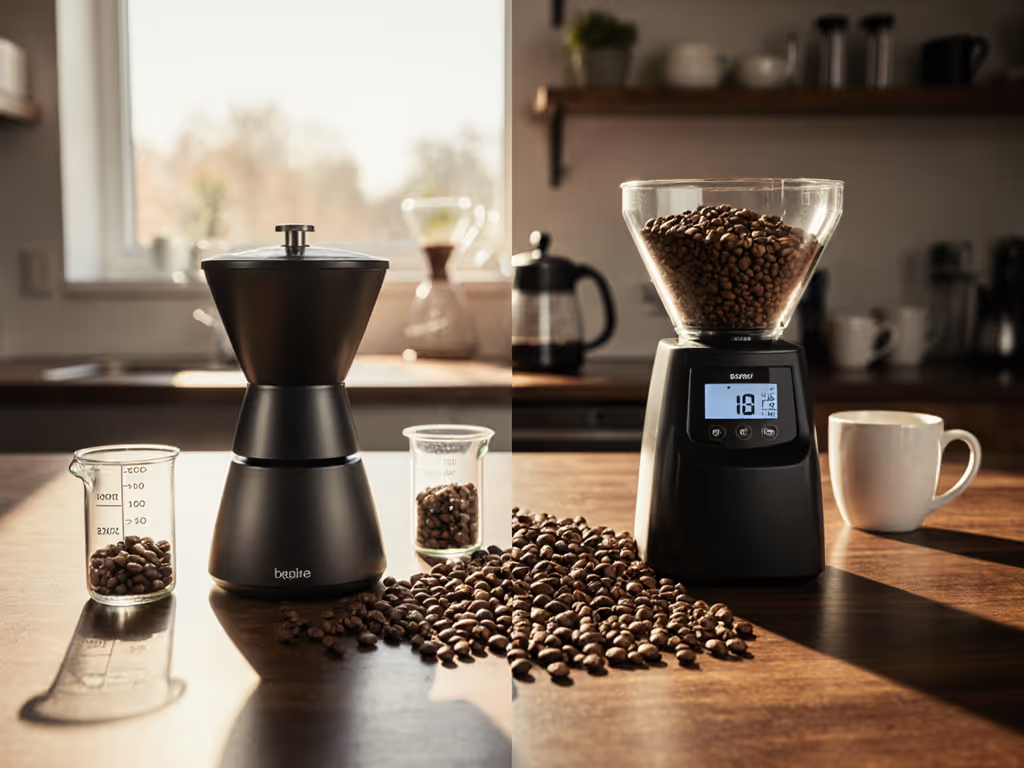
See how single-dose and hopper workflows impact retention, freshness, and shot consistency through field-tested measurements. Walk away with clear decision points and simple routines to choose the right setup, cut waste, and improve flavor.
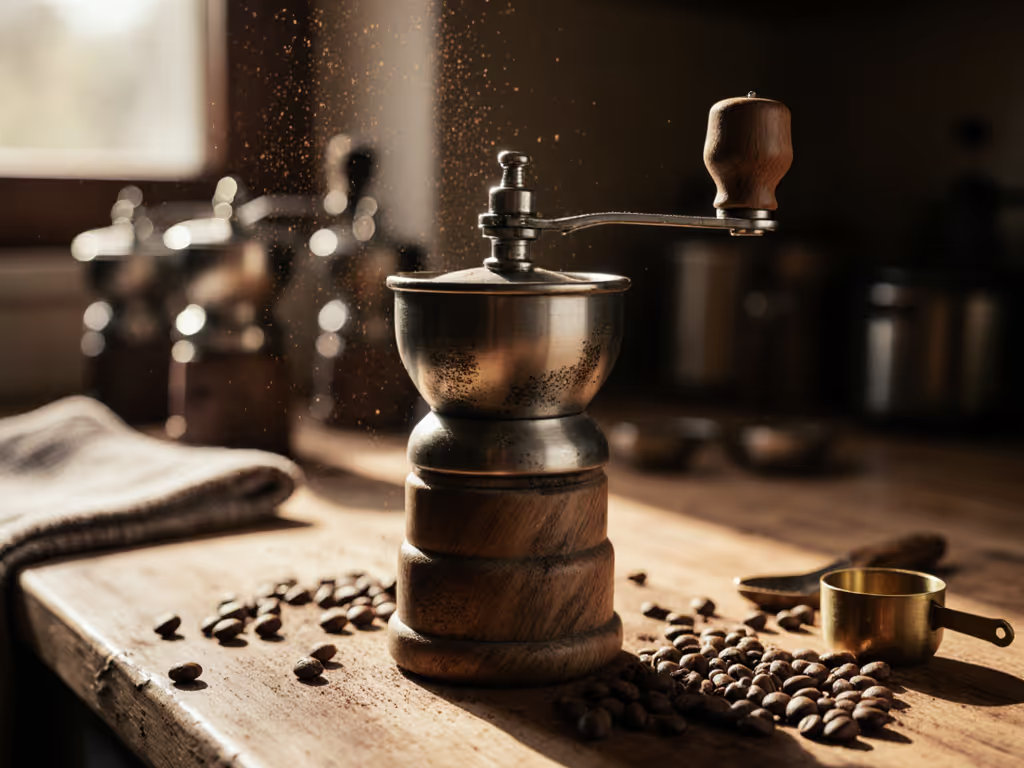
Decide on a grinder that lasts: use lifecycle cost math, durability metrics, and maintenance schedules to maintain consistent cups for years. Compare materials, burr designs, parts availability, and endurance results to spot features that truly extend lifespan and lower long-term costs.
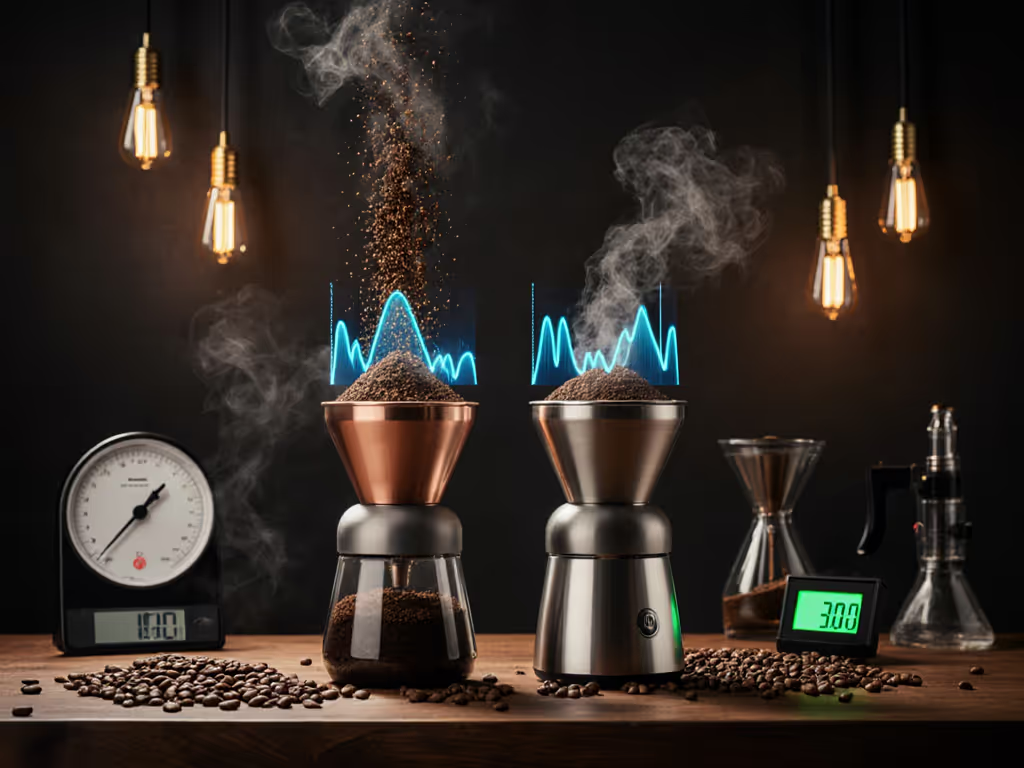
Learn how conical and flat burrs differ in real-world noise and retention, backed by six months of decibel and cleanup testing. Use data-driven thresholds and recommendations to choose a grinder that keeps mornings quiet and counters clean.